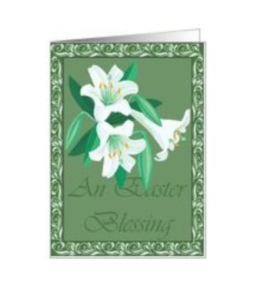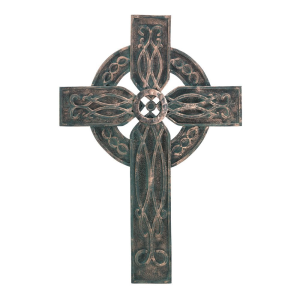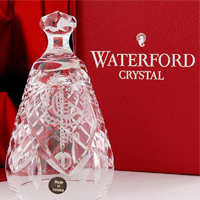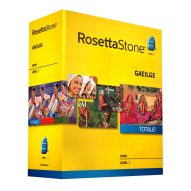Irish Easter Traditions

|
Other than St. Patrick's Day and Christmas, Easter (An Cháisc) is the most religious day observed in Ireland. Irish Easter traditions begin on the first day of Lent (Carghas), after Ash Wednesday and forty days before Easter Sunday (Domhnach Cásca). From that day forward, Irish people would stop eating meat but would also give up something they cherish, such as a favorite food, alcohol, cigarettes or even television. During Lent, fish would be eaten each Friday and is usually cooked in a soup. The forty days is a time of self discipline and a reflection on what Irish people have to be thankful for, as well as a time for Irish families to be together. The last week of Lent is the most important part of the fasting period. Palm Sunday (Domhnach na Pailme) is the beginning of Holy Week which leads to the celebration of the resurrection of Jesus on Easter Sunday.
Most family households would prepare their homes for Easter Sunday by cleaning them from top to bottom, which is now known as 'spring cleaning'. This is done to prepare the house for blessing by the local priest, which is a religious ceremony that has been practiced for hundreds of years.
In Ireland, no outdoor work should take place on Good Friday (Aoine Cásca), and it should be treated as a day of rest to prepare the body and soul for Easter. Good Friday is the day for the Irish to go to confession to ask forgiveness for their sins. It is also the day to have their hair cut, nails trimmed and shop for new clothes to be worn to Easter mass. Everything should be new and clean for Easter.
Eggs (cúbóg) would not be eaten during the time of Lent and would be presented to the Irish household on Good Friday but not eaten until Easter Sunday. They also have a tradition of decorating eggs with different colors and designs. Nowadays, chocolate Easter eggs are given to the children, with over five million being purchased each year in Ireland.

|
Holy Saturday is a day for Irish people to take a vow of silence and attend a special ceremony to have their Holy water blessed. They would also attend the Easter Vigil which usually starts at 10:00 P.M. The church is decorated in purple banners to celebrate the arrival of the King. All lights in the church are extinguished at 11:00 P.M., and a new flame is presented to the altar by the lighting of a Paschal candle (Coinnle na Cásca), a symbol of the Risen Christ, and the celebration of the Holy Flame.
Easter Sunday, in many homes, is very similar to any other Sunday or religious day in Ireland. Families get together, dressed in their new clothes, and would attend mass in their local church. After mass on Easter Sunday, everyone would make their way back home to start the Easter feast. The main dish is usually either a roast leg of lamb or a roast turkey, along with potatoes, vegetables, stuffing, bread and anything else that makes up a good proper Irish feast. The Easter eggs are always presented to the children after Easter dinner and, traditionally, are only given to a child who has not broken the Lenten fast and who has finished eating a full Easter dinner. Parents usually bend the rules for the children as the fasting is somewhat of a difficult task for a child.
Disclaimer: LittleShamrocks.com is an affiliate website that receives commissions from sales of the products listed. We have purchased and sampled many, but not all, of the products on these pages.
© Copyright LittleShamrocks.com. All Rights Reserved.




